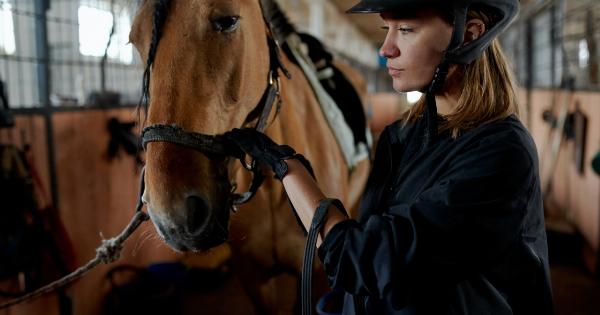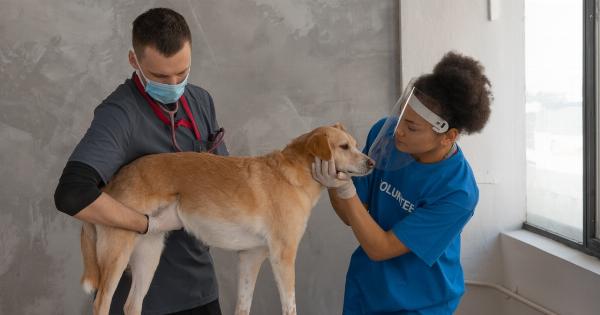Fleas and ticks are common parasites that threaten our furry friends; however, there is another less-known group of parasites that can be just as dangerous – flies.
In particular, certain types of flies lay their eggs on our pets, and when those eggs hatch, the resulting larvae can cause severe health problems. Here is everything you need to know about these deadly larvae.
Botfly Larvae
Botflies are a type of fly found across the Americas, from the southern United States to Argentina. Adult botflies do not feed on blood or tissue, instead, they lay their eggs on the skin of mammals, including dogs, cats, cows and even humans.
When the egg comes in contact with the animal’s body heat, the eggs hatch, and the larvae embed themselves into the animal’s skin.
Botfly larvae can be up to one inch long and secrete a thick, yellowish fluid that helps to hold them in place.
The larvae then breathe through a small hole in their front end, and their back end has hook-like structures that help them hold onto the surrounding tissue. While botfly maggots feed on the animal’s tissue, they can cause various skin infections, inflammation and even necrosis.
Warble Larvae
Warble larvae are also known as cattle grubs since they prefer laying their eggs on cows and other livestock, although they can attack dogs as well. These fly larvae burrow under the skin of their host and spend the winter growing and maturing.
In the spring, they create an exit hole in the host, resulting in an open wound that attracts further infections and can take months to heal.
Warble larvae can also cause issues in the digestive tract when accidentally ingested by animals.
Cuterebra Larvae
Cuterebra larvae are primarily found in North America and are often seen on outdoor cats and dogs. Adult females of the Cuterebra fly lay their eggs near the entrances of animal burrows, and upon hatching, the larvae attach themselves to any nearby fur.
From there, they burrow under the animal’s skin, creating a small hole through which they breathe.
While these larvae are generally harmless, if they burrow too close to the animal’s eyes, ears, nose, mouth or rectum, serious issues can occur. Cuterebra larvae should always be surgically removed by a veterinarian.
Leaving them in place can result in serious complications such as seizures, blindness and even death.
Signs of Larvae Infestation
Depending on the larvae type and severity of the infestation, symptoms can vary. For example, cuterebra larvae may not cause any noticeable symptoms, while warble larvae can cause extreme discomfort and inflammation.
Some general signs of larvae infestation in pets include:.
- Visible openings in the skin where larvae may be present
- Excessive licking, scratching or biting at a wound
- Inflammation, skin redness, and sensitivity
- A lump or bump beneath the skin surface
- Cysts or other abnormal growths
- Unusual discharge from wounds
- Difficulty breathing or swallowing (in severe cases)
Preventing Larvae Infestation
The best way to avoid larvae infestation is through good animal hygiene and preventive measures such as flea and tick prevention, especially in outdoor pets. Other tips to keep your pets safe include:.
- Keep your pet’s environment and bedding clean
- Keep your lawn and surrounding area clean and free from debris to discourage botflies and other insects from laying eggs nearby
- Do not let your pets roam freely, as warble larvae is often picked up in wooded areas and fields
- Check your pet’s skin regularly for wounds or openings, and have them treated promptly
Conclusion
Larvae infestation can cause serious health problems for our pets if not treated promptly.
Prevention is key, and keeping the environment around your pets clean and free of debris can go a long way in preventing botflies and other insects from laying their eggs. Be sure to check your pet’s skin regularly, and if any unusual bumps or openings are found, contact your veterinarian immediately. Remember, an ounce of prevention is worth a pound of cure!.






























